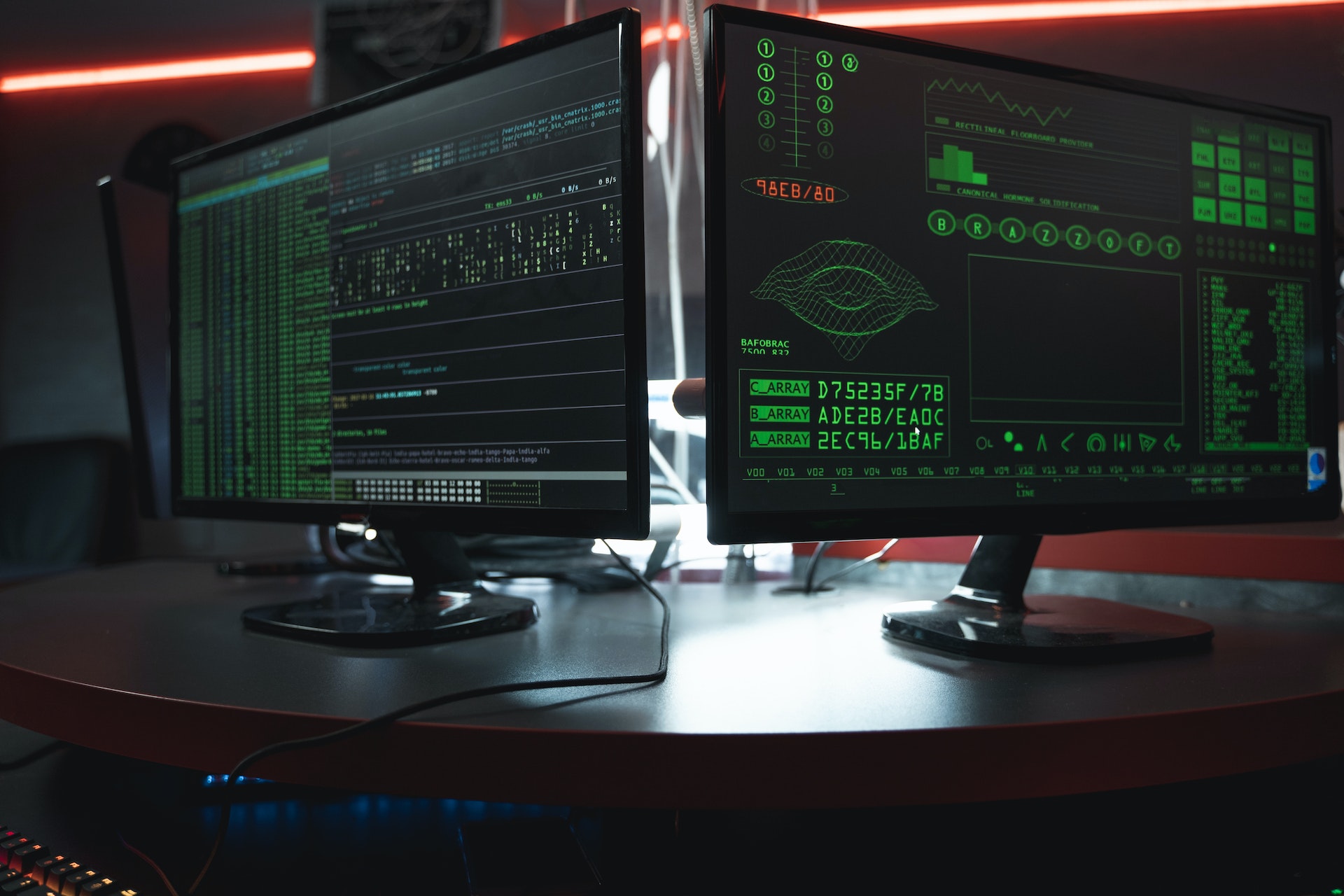In the world of manufacturing, innovation is vital to staying ahead of the competition. The industry is constantly pushing the boundaries of what is possible. Thanks to advancements in technology and new approaches to manufacturing, we are witnessing a revolution.
This article will explore five manufacturing trends that are changing the game. From new materials to advanced automation, these techniques promise to revolutionize how products are made and delivered to consumers. Read on to discover the cutting-edge techniques that are transforming the manufacturing landscape.
-
Additive manufacturing
Additive manufacturing, or 3D printing, is one of the most revolutionary manufacturing techniques of recent times. This technique involves the creation of three-dimensional objects by meticulously stacking layers of material until the desired shape is achieved. 3D printing is more accessible and affordable than ever before.
One of the most significant advantages of 3D printing is its ability to produce products quickly and efficiently. Looking for customized packaging solutions? Check out this website.
2. Artificial intelligence
Artificial intelligence (AI) is another technology transforming the manufacturing industry. AI harnesses the power of complex computer algorithms to tackle tasks that normally require human intelligence. In manufacturing, AI cleverly streamlines production processes, dramatically diminishes waste, and enhances quality control like never before.
One of the key benefits of AI in manufacturing is its ability to predict and prevent equipment failures. By examining data gathered from various sensors and other sources, AI algorithms can identify patterns indicating when a machine will likely fail. This allows maintenance to be scheduled before a breakdown occurs, reducing downtime and increasing productivity.
3. Automation in manufacturing
Automation has been a key trend in manufacturing for many years, but recent advances in robotics and other technologies have taken automation to the next level. Automation involves using machines and other systems to perform tasks that typically require human intervention. This can include everything from assembly line operations to quality control.
One of the biggest advantages of automation is its ability to improve efficiency and reduce costs. By automating repetitive tasks, manufacturers can free up their workforce to focus on more complex and creative tasks. This can lead to increased productivity and higher-quality products. Learn more about automation ecosystems.
4. Augmented reality
Augmented reality (AR) is another technology revolutionizing the manufacturing industry. AR involves using computer-generated images or information overlaid on the real world. In the context of manufacturing, AR can be used to provide workers with real-time information about products, machines, and processes.
One of the critical benefits of AR in manufacturing is its ability to improve efficiency and reduce errors. By providing workers with real-time information about what they are working on, AR can help to reduce the risk of mistakes and improve the accuracy of tasks. This can be particularly useful in industries such as aerospace and automotive, where precision is critical.
5. Internet of Things (IoT)
The Internet of Things (IoT) is a network of connected devices that can communicate with each other and the Internet. IoT can connect machines, sensors, and other devices in manufacturing to create a smart factory.
One of the key benefits of IoT in manufacturing is its ability to improve efficiency and reduce downtime. Manufacturers can monitor and optimize production processes by connecting machines and sensors to a central system in real-time. This can help to reduce waste, improve quality, and increase productivity.
One significant disadvantage of implementing IoT in manufacturing is the need for robust and secure communication networks. In addition, there is a risk that IoT systems could be exposed to cyberattacks or other security threats.
As more and more manufacturers embrace these innovative techniques, the demand for proficient workers to create, manage and upkeep these systems will rise. And if you’re considering relocating for a job switch, make sure to check out this website that can help make your move seamless.
The manufacturing industry is undergoing a period of rapid change and innovation. We can expect to see further advances and innovations that will shape the industry for years to come.





